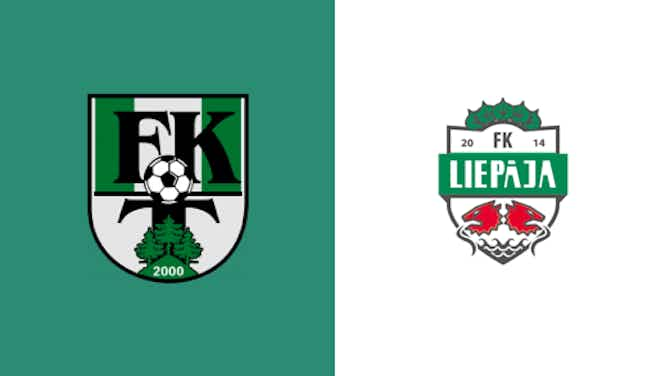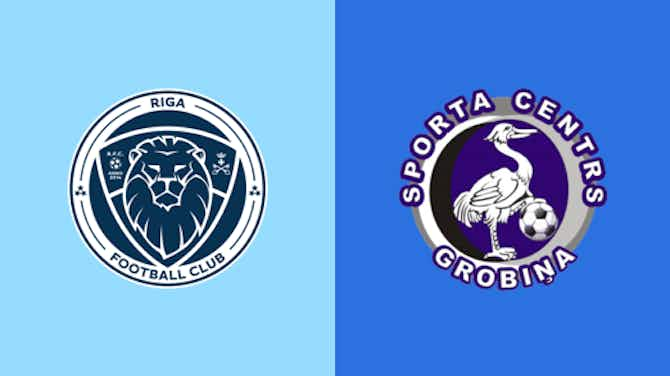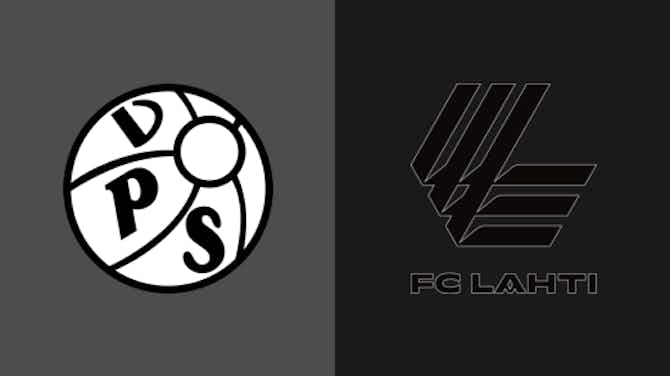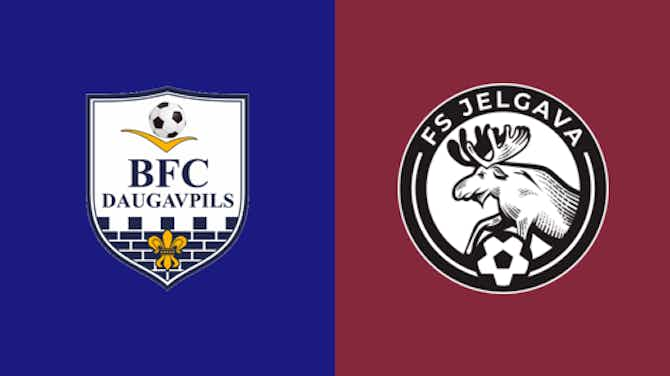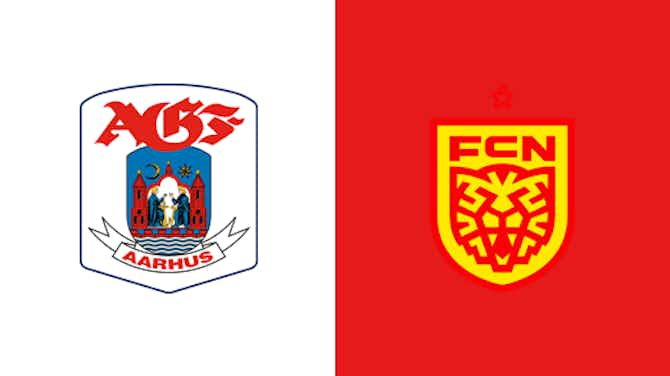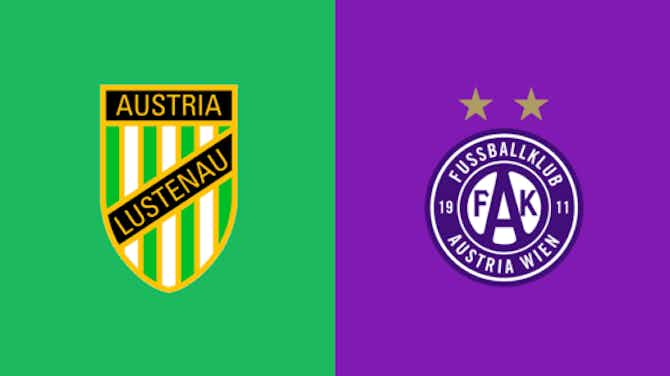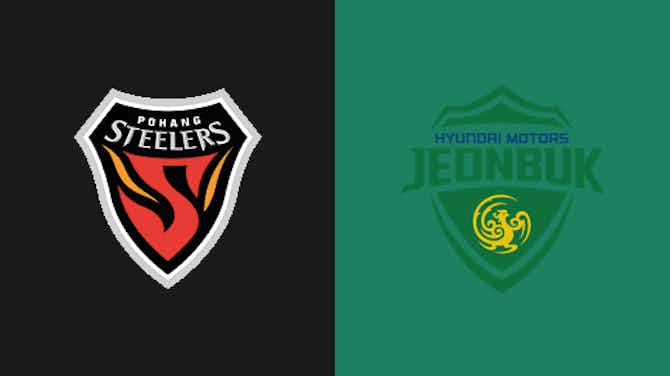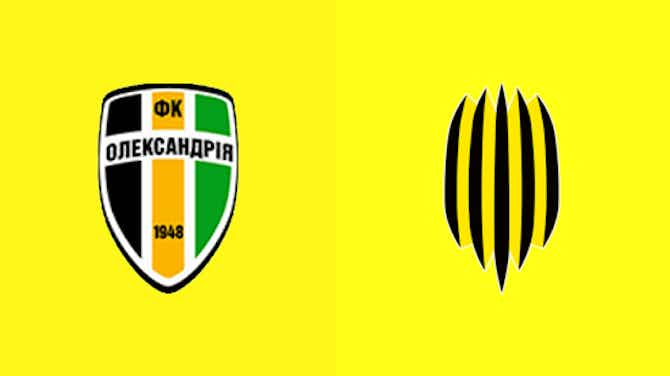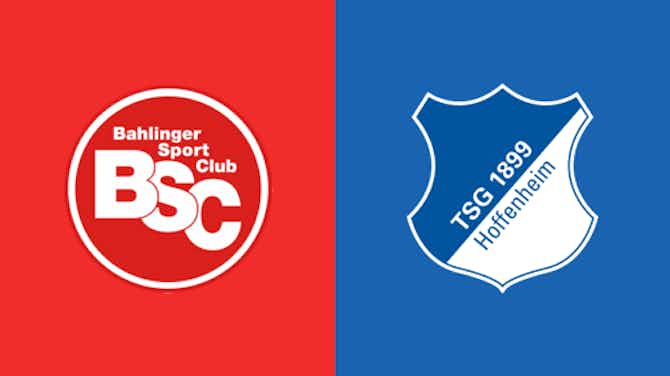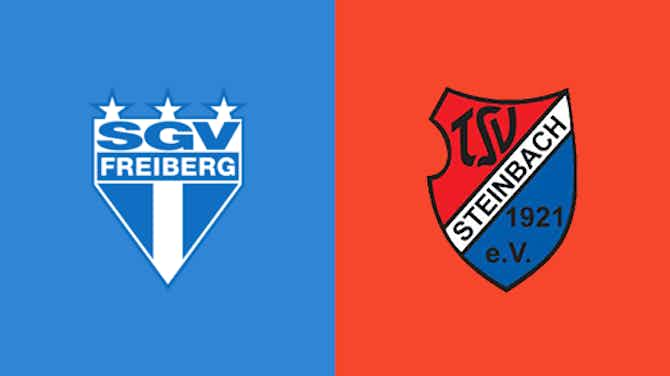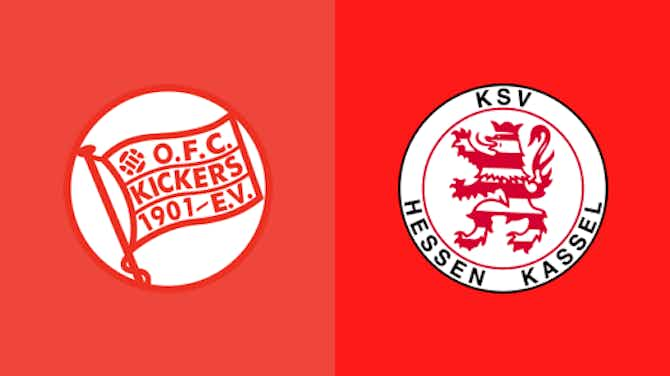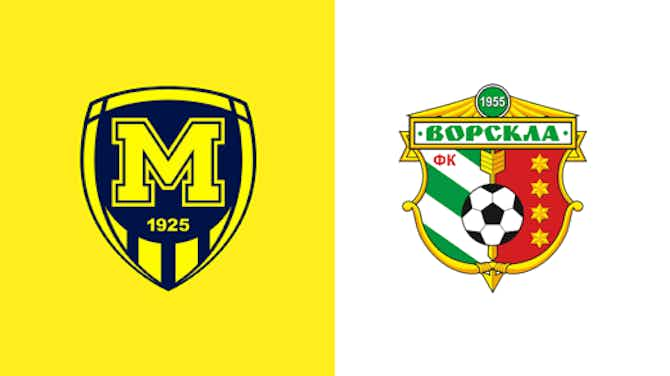The Peoples Person
·12 April 2024
The reasons behind Manchester United’s last gasp woes laid bare – The Athletic

The Peoples Person
·12 April 2024

Manchester United and last minute goals are built into the fabric of the club.
The 1990s and 2000s became synonymous with Sir Alex Ferguson prowling on the sidelines, examining his watch for the umpteenth time and opposition defenders quivering in their boots as the Red Devils threw the proverbial kitchen sick at them to snatch last-gasp winners.
However, moments of the sublime have been regularly followed up by last-gasp lunacy for Erik ten Hag’s side this season.
The Old Trafford outfit recently made unwanted history as they managed to convert a 99th minute lead into a loss against a much-maligned Chelsea side. With the defeat, they became the first team to manage to lose a game after leading so deep into additional time.
As a result, The Athletic have taken a deep dive into the reasons behind such late collapses.
“Mohamed Salah’s equaliser in the 84th minute on Sunday — just three days after Erik ten Hag’s side imploded in injury time at Stamford Bridge — was only the 12th-latest strike that United have conceded this season. Two have gone in past the 100-minute mark, while their tally of eight goals against in second-half stoppage time has already doubled their previous Premier League worst”.
Ten Hag’s side’s “inability to stem the tide towards the end of games is draining confidence and compromising points”.
The Athletic have pinpointed two major concerns behind United’s inability to defend late on in matches. The first is that they “are pushing too hard during the latter stages” and the second is “that parts of the squad are being overwhelmed with the physical and mental demands of the end-to-end sequences that are produced”.
The sequence of play that led to Chelsea’s last second winner at Stamford Bridge eight days ago is put under the microscope. After giving away an unfortunate penalty in the 99th minute to let Chelsea equalise, United probably should have played out for the draw in the likely remaining two minutes of play.
However, this is not how Ten Hag goes about business. Instead, “straight from kick-off, six United players steam forward, including Dalot, who loses possession after driving with the ball.
Within just 12 seconds of kick-off, moments after the damaging psychological blow of conceding a 100th-minute equaliser, United are exposed again and face yet another full-tilt sprint down the pitch, with Harry Maguire temporarily facing a three-on-one”.
The sequence of play led to Carney Chukwuemeka hitting the post, but Cole Palmer’s late goal was scored from the subsequent corner, where “three United players are pointing to Palmer, while moments before, Aaron Wan-Bissaka has his hands on his knees and is panting for air”.
The team’s tiredness undoubtedly contributed to the players switching off, which is all that is needed to punish a team in the ferociously competitive Premier League.
The Athletic note that with the extra stoppage time being allocated this season – a 38% increase, United’s gung-ho approach and bravery can be praised on one hand, on the other, it could be seen as naive in a league where every team is supremely fit and chomping at the bit to punish you.
Poor decision making due to fatigue is one issue but Ten Hag’s tactical commitment to counter-attacks is another massively damaging issue.
“Both seasons under the Dutchman have seen an increase in the average number of direct attacks conceded per game, while the latest 10-game average has rocketed after leaky displays against Brentford, Liverpool and Fulham”.
The team’s commitment to transition can bear significant fruit, like Amad Diallo’s late winner against Liverpool in the FA Cup, but it can also lead to punishing blows. They allow more opportunities against an exposed defence and this results in regular chaos in the defensive structure.
What’s more, this is a particular problem for the Red Devils in second half stoppage time.
“No team has conceded more than [United´s] 11 Opta-defined ‘fast breaks’ in second-half stoppage time this season, while only Fulham have faced more shots against them after the 90-minute mark”.
This issue has been present all season, as in September’s 1-3 loss to Brighton. United were caught out in the added time as they pressed the Seagulls but the gaps in the defensive and midfield lines grew and grew, which allowed the opposition to almost score an embarrassing fourth. Luckily, Ansu Fati failed to convert from 10 yards out.
Casemiro is probably the biggest victim of this playing style. The midfield man has been poor by his own admission with his form “keeping him up at night” but he is also massively hurt by the style implemented by Ten Hag, as pointed out by the Brazilian media.
United’s style of play can be characterised as “players with waning physical attributes finding themselves in difficult one-vs-one scenarios, with the team unable to control these match-ups amid the chaos”.
This was again brutally exposed in Fulham’s late winner at Old Trafford in February when Harry Maguire and Christian Eriksen were left to face an onslaught of four Fulham players, including the blistering Adama Traore, who was fresh off the bench. Not surprisingly, this led to Alex Iwobi scoring a 95th minute winner.
Nottingham Forest’s late goal in the final game of 2023 also was a prime example of the chasm that frequently crops up between the middle and back lines.
The outlet’s analysis concludes by saying there is “a paradox of identity” at United. Playing “the United way” is important, but “there comes a point — perhaps conceding in the 99th, 100th and 101st minute in the space of four days — where that trade-off might need to be considered”.
